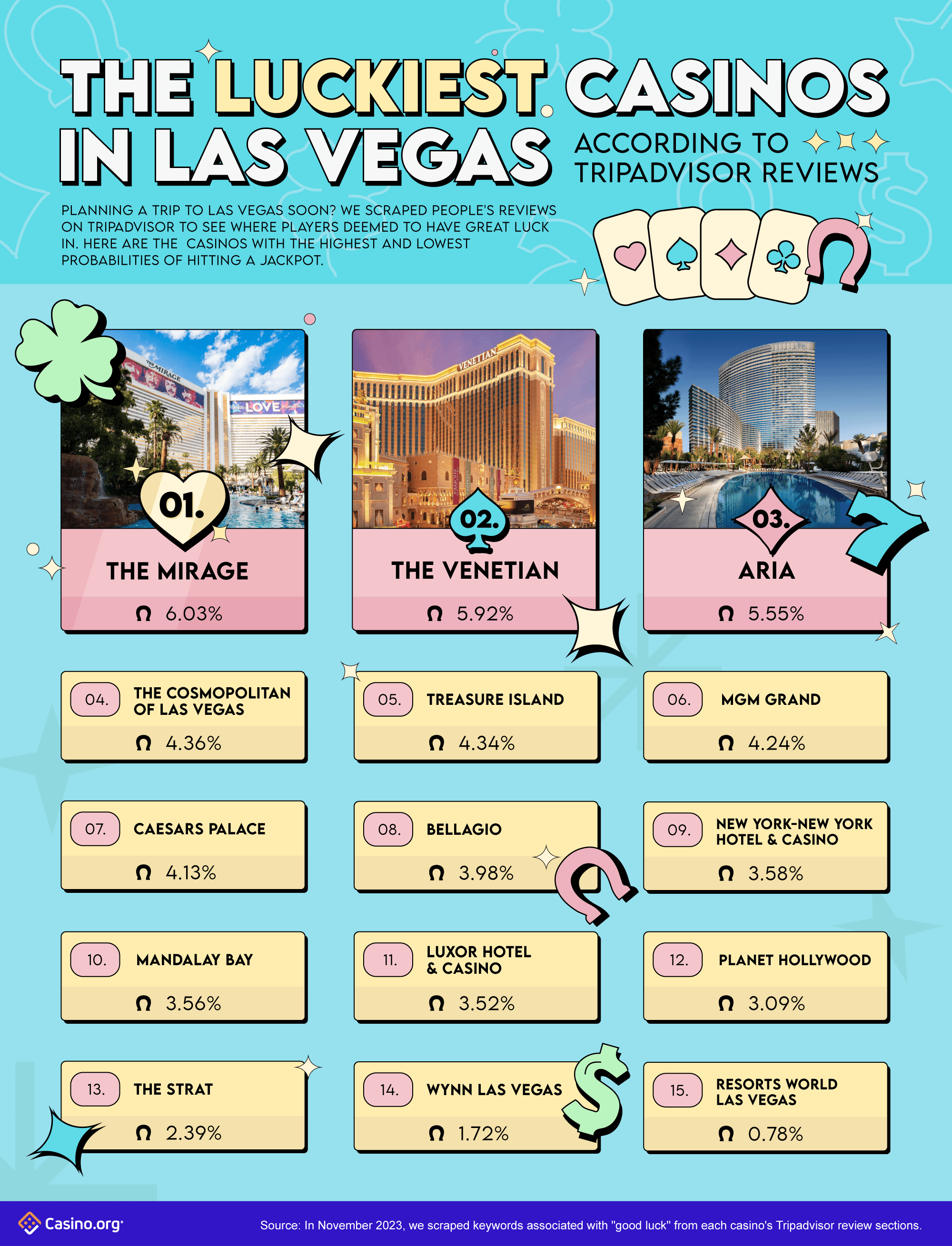
Within a dynamic and stimulating world of casinos, wherein fortune and strategy intertwine, hues and aesthetic play a key role in drawing in gamblers. From the moment visitors step into a casino or access a gaming platform, they are enveloped in a visual feast that grabs their attention and entices them to explore further. Vivid colors, captivating graphics, and innovative layouts are meticulously crafted to create an atmosphere of excitement and anticipation, ultimately improving the gaming experience.
While players move through the dynamic landscape of casino games, they encounter a variety of designs that not only serve aesthetic purposes but also affect feelings and decision-making. Colors like scarlet and gold symbolize wealth and fortune, while calm navy and emeralds can create a much relaxed environment. Grasping how these elements function together allows casinos to create an welcoming and energizing atmosphere that encourages players to engage with the games, invest additional time at the tables, and increase their general enjoyment.
The Study of Color in Gambling Games
Hue plays a crucial role in the design of casino games, influencing player emotions and behaviors. Bright and bold hues, such as red and gold, are often used to ignite enthusiasm and draw focus. These hues create a sense of pressure and dynamism, encouraging participants to participate more enthusiastically with the activity. By thoughtfully selecting colors, developers aim to inspire emotions of joy and expectation, which can enhance the complete game experience.
Various colors also have psychological connotations that can influence how participants perceive their possibilities of winning. For case, lime is commonly associated with fortune and prosperity, making it a frequent choice in games like roulette and poker setups. sa88 This connection can cause gamblers to feel more positive and self-assured in their gameplay, ultimately motivating them to bet more. Understanding these connections allows game creators to design environments that enhance player enjoyment and retention.
Moreover, the interface of gaming interfaces often uses blended colors and differing shades to guide player actions. For case, winning combinations may be emphasized with bright, differing colors, creating a visual incentive. This technique strengthens positive outcomes and supports repeated participation. By exploiting the science of color, gambling establishments can design games that not only attract participants but also keep them interested and invested in their game experience.
Design Elements that Engage Players
The visual appeal of gambling games is largely influenced by the use of vibrant colors. Bright and contrasting colors are deliberately chosen to create an appealing atmosphere that grabs interest. For instance, crimson and golds often signify good fortune and wealth, which is why they are common in the color schemes of slot machines and table surfaces. These colors not only attract players in, but they also stir emotions associated with thrill and expectation, enhancing the total gaming experience.
In parallel to color, the aesthetic and organization of gambling games play a crucial role in player attraction. Games are designed to be intuitive, ensuring that players can quickly understand the rules and mechanics. Accessible interfaces, along with engaging graphics and animations, help maintain player interest and encourage extended play sessions. The tactile elements, such as the feel of the buttons and the sounds of the games, also contribute to a comprehensive sensory experience that keeps players immersed.
In conclusion, conceptual elements in game design can greatly influence player choice. Many gambling games are inspired by media, fairy tales, or adventure themes, featuring symbols and characters that connect with players. These themes create a sense of engagement and relatability, making each game feel distinct. When players feel a connection to the theme, they are more likely to opt for that game over others, leading to higher participation and enthusiasm within the gambling environment.
Case Studies: Effective Casino Slot Designs
One noteworthy example of impressive casino game design is the well-known slot machine series based around popular movies. Games such as those based on the The Wizard of Oz and Game of thrones utilize bright colors and top-notch graphics to engage players in well-known narratives. The use of dynamic visuals and captivating sound effects grabs the focus of players, establishing an affective connection to the theme. This approach not just fosters longer play but also enhances the overall gaming experience, yielding increased player retention.
Another successful case is the use of the psychology of color in table games like 21 and roulette. Casinos often create these games with dark reds and greens, colors traditionally connected with luck and wealth. For instance, the green felt on a blackjack table provides a soothing effect, while the red accents in the wheel invite excitement. This thoughtful use of color helps to establish an inviting atmosphere that encourages players to engage, satisfying their psychological impulses and boosting their enjoyment.
Finally, social casino games that incorporate community features and bright, lively designs have seen remarkable success in engaging players. Games like Zynga’s Poker and Slotomania leverage striking colors and playful animations to create an inviting online environment. The addition of leaderboards, social sharing options, and in-app rewards fosters competition and community, attracting players in for longer sessions. Such designs not only make the games visually appealing but also emphasize community engagement, a crucial factor in player retention and engagement within digital casino environments.